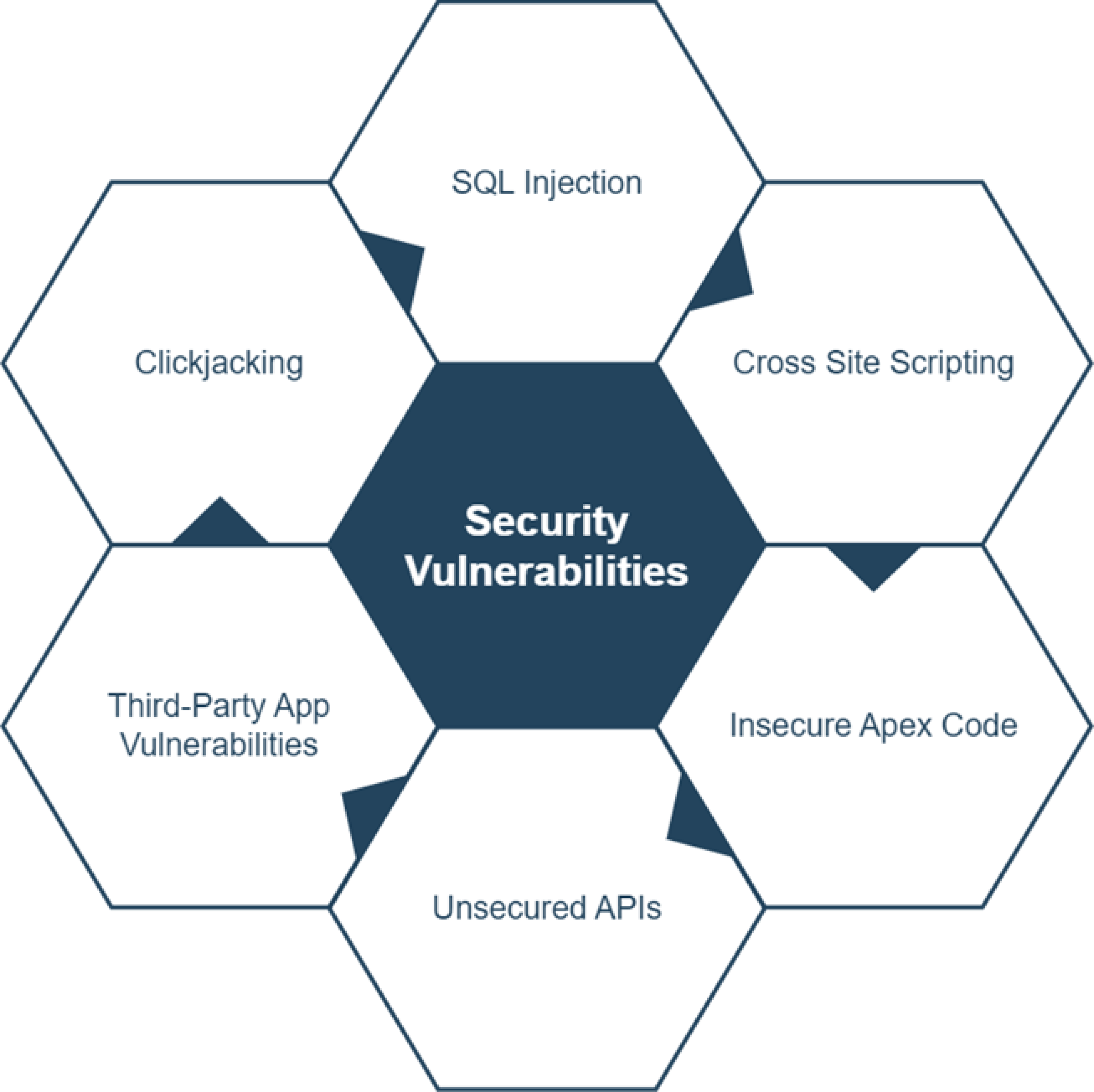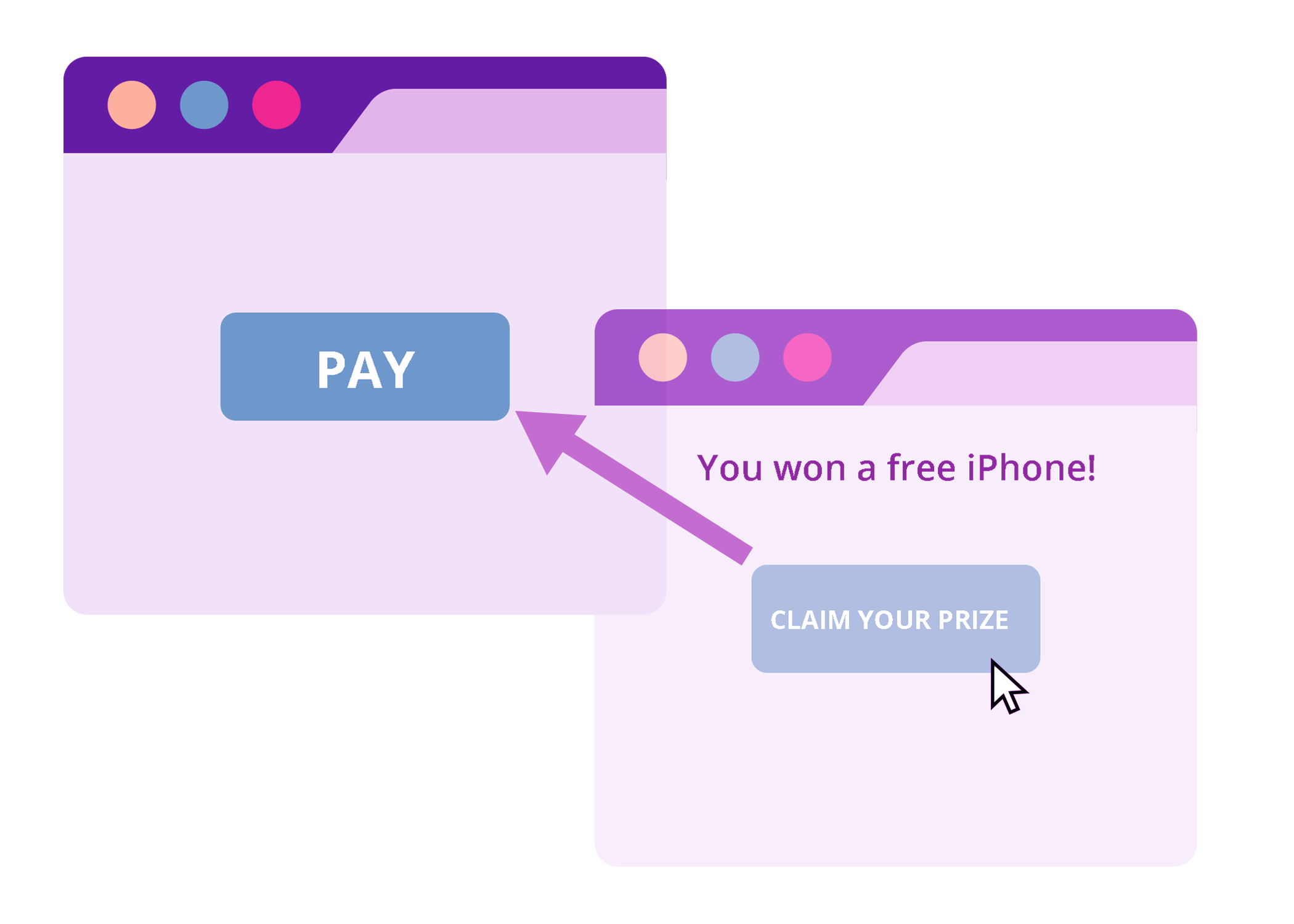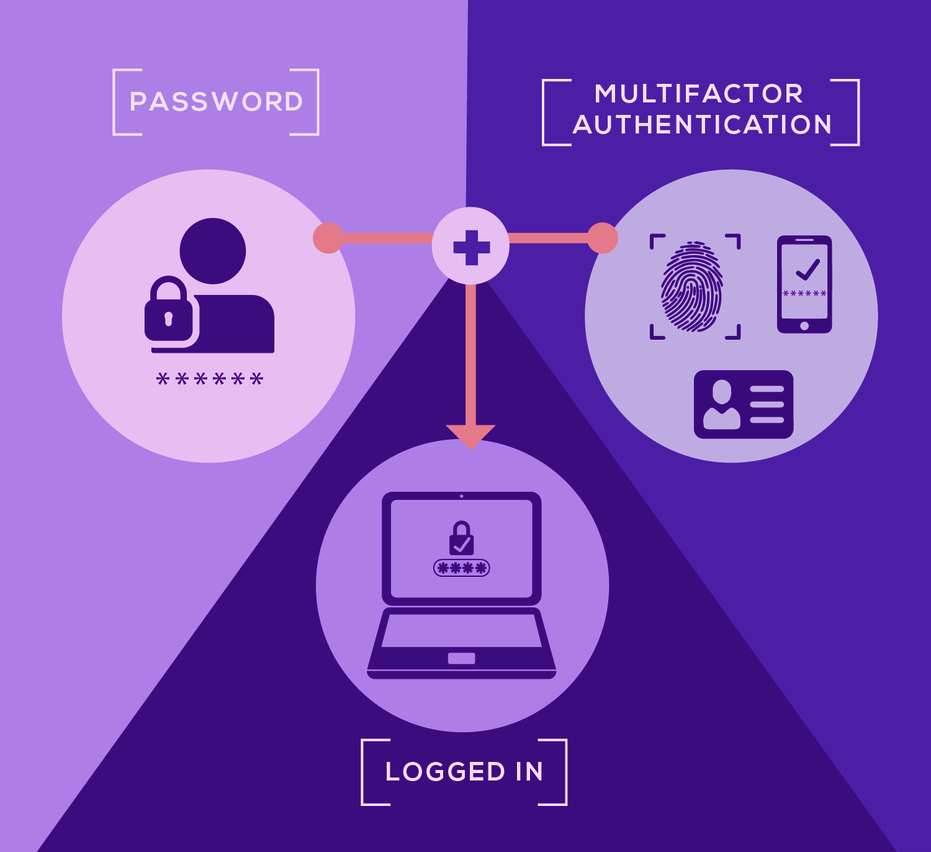Safeguarding Salesforce - Uncovering and Addressing Security Vulnerabilities
While Salesforce has proven to be nearly outstanding in providing security, the development of vulnerabilities is always possible. In this blog, we will discuss some common vulnerabilities that might go unnoticed and lead to a security violation.

Fig.1: Types of Security Vulnerabilities
SQL Injection
While thinking of security exploiting attacks, SQL Injection comes to mind. In Salesforce, we have SOQL instead, which poses a lesser number of threats due to its higher limitations. However, an SOQL Injection attack can be just as common. The basic idea is to use the ability to provide user input to manipulate the SOQL query. Assume for the moment that we have a component that searches for data according to the parameters the user specifies. It is intended that just the data that corresponds with the user's input be shown. The attacker might take advantage of this by adding certain keywords of SOQL that lead to a revelation of a broader section of data that is not to be revealed.
These attacks can be avoided by lesser usage of dynamic SOQL and increasing the usage of static queries, binding variables and ‘escapeSingleQuotes’ method.
Cross Site Scripting (XSS)
There is a kind of attack that is directed at the users called Cross Site Scripting (XSS). To execute this attack, a web application is used as an intermediate and exploited with malicious HTML or client-side scripting. The dynamic web pages that are mostly used by these web applications might not always impose validation of data which in return develops a vulnerability. This becomes even easier if input from one user is shown to another user as well.
There are numerous anti-XSS defenses set up to avoid such attacks.
Clickjacking
Clickjacking is a kind of attack which deceives the user into clicking a button or link which gives the false image of coming from a safe source. Upon clicking, a block of code conducts a series of malicious actions on the site leading to data intrusion, unauthorized emails, changed credentials, or some other site-specific actions. By pretending to be a legitimate website, the user is tricked into clicking on malicious links. Meanwhile, a hidden or transparent UI controls the process. They often leave very minor differences which can be easily missed. Salesforce has implemented a defense system to address this by utilizing the Content Security Policy (CSP) frame-ancestors HTTP response header directive. The HTTP response header contains a directive to provide additional context in the response. This directive is used to differentiate between the legitimate and fraudulent sites. There are three CSP frame-ancestors responses in salesforce, namely ‘none’, ‘self’ and a list of domains.

Fig.2: Clickjacking demonstration
Insecure Apex Code
Salesforce allows developers to write custom code using Apex. However, insecure coding practices can introduce vulnerabilities such as SQL injection, cross-site scripting (XSS), and cross-site request forgery (CSRF).
Developers should follow secure coding guidelines, conduct regular code reviews, and use static code analysis tools to identify and remediate security flaws in their Apex code.
Third-Party App Vulnerabilities
Numerous third-party apps are available on the Salesforce AppExchange to increase the capabilities of Salesforce. However, not all third-party apps are created with security in mind. Installing vulnerable or malicious apps can compromise your Salesforce instance.
It is crucial to thoroughly vet third-party apps, review their security documentation, and monitor their usage for any suspicious activity.
Unsecured APIs
Salesforce's API is built to integrate with a wide range of outer systems and exchange data with the same. However, unsecured APIs can be a significant security risk. If APIs are not properly authenticated and authorized, they can become a vector for attacks.
Implementing strong authentication, using API tokens, and monitoring API usage are essential practices to secure Salesforce APIs.
Implementing Protection
Security among users is enforced through authentication and authorization. The process of authentication is simply logging in using your login credentials whereas the process of authorization includes granting necessary access to data as restricting the rest of it. If the user is not aware of all the security guidelines, it becomes easy to crack anyone’s credentials. People newly introduced to the technology tend to keep default, simple or very easy-to-crack passwords. Another way to log in is to answer several questions related to the user which can be coincidentally known to any acquaintance. If a user uses the same password for every account, even if one account is compromised, it grants access to the rest of the accounts as well. These issues can be avoided by raising awareness of security threats and best practices for data protection. Some of the practices below can be adapted in your organization to ensure there are no breaches of security.

Fig.3: Multi-factor Authentication demonstration
- Enable Multifactor Authentication (MFA): MFA adds an extra layer of security by requiring users to verify their identity through a second factor (e.g., a mobile app or SMS code) in addition to their password.
- Implement IP Whitelisting: IP whitelisting restricts access to Salesforce from specified IP addresses, reducing the risk of unauthorized access.
- Configure Role-Based Access Control (RBAC): RBAC ensures that users have the minimum permissions necessary for their role, reducing the risk of data exposure and unauthorized actions.
- Secure Salesforce APIs: Require OAuth for API access, monitor API usage, set API rate limits and enable IP restrictions for API access.
- Conduct Regular Security Audits: Regular audits help identify and address potential security gaps and misconfigurations.
- Implement Secure Coding Practices: Secure coding practices prevent common vulnerabilities such as SQL injection, XSS, and CSRF.
Conclusion
There are numerous ways to breach security of any system with all the developments that are made continuously. The most basic way of protecting the system from such attacks is to promote user-awareness of the safe use of the internet and avoid suspicious content. A user training session can be a great start toward establishing a protected system for any business. Organizations must take a proactive approach to secure their Salesforce instances by implementing strong authentication mechanisms, enforcing access controls, securing APIs, encrypting data, following secure coding practices, properly configuring security settings, and carefully vetting third-party apps. Regular security audits and staying informed about the latest security threats and best practices are essential for maintaining the integrity and security of your Salesforce environment.
By addressing these vulnerabilities, organizations can leverage the full potential of Salesforce while ensuring the protection of their sensitive data and maintaining customer trust. Blueflame labs has worked on securing Salesforce organizations for clients to prevent data breaches. To implement security in your Salesforce organization, get in touch with our experts.
Recent Blogs

Understanding Microservices in .NET Core
Read More
Cloud-Based ERP vs. On-Premises: Why Rootstock ERP Is the Future
Read More
NetSuite Fixed Asset Management: A Step-by-Step Guide
Read More
Personalized Experiences in Salesforce D2C Commerce vs. B2B Commerce
Read More
Overcome Manual Testing Challenges using Automation Testing Tool Provar
Read More
.NET MAUI: The Future of Cross-Platform Development
Read More
Salesforce and Shopify Integration
Read More
Unlocking the Power of Rootstock Cloud ERP for Wholesale Distributors
Read More


 Strictly Necessary Cookies
Strictly Necessary Cookies